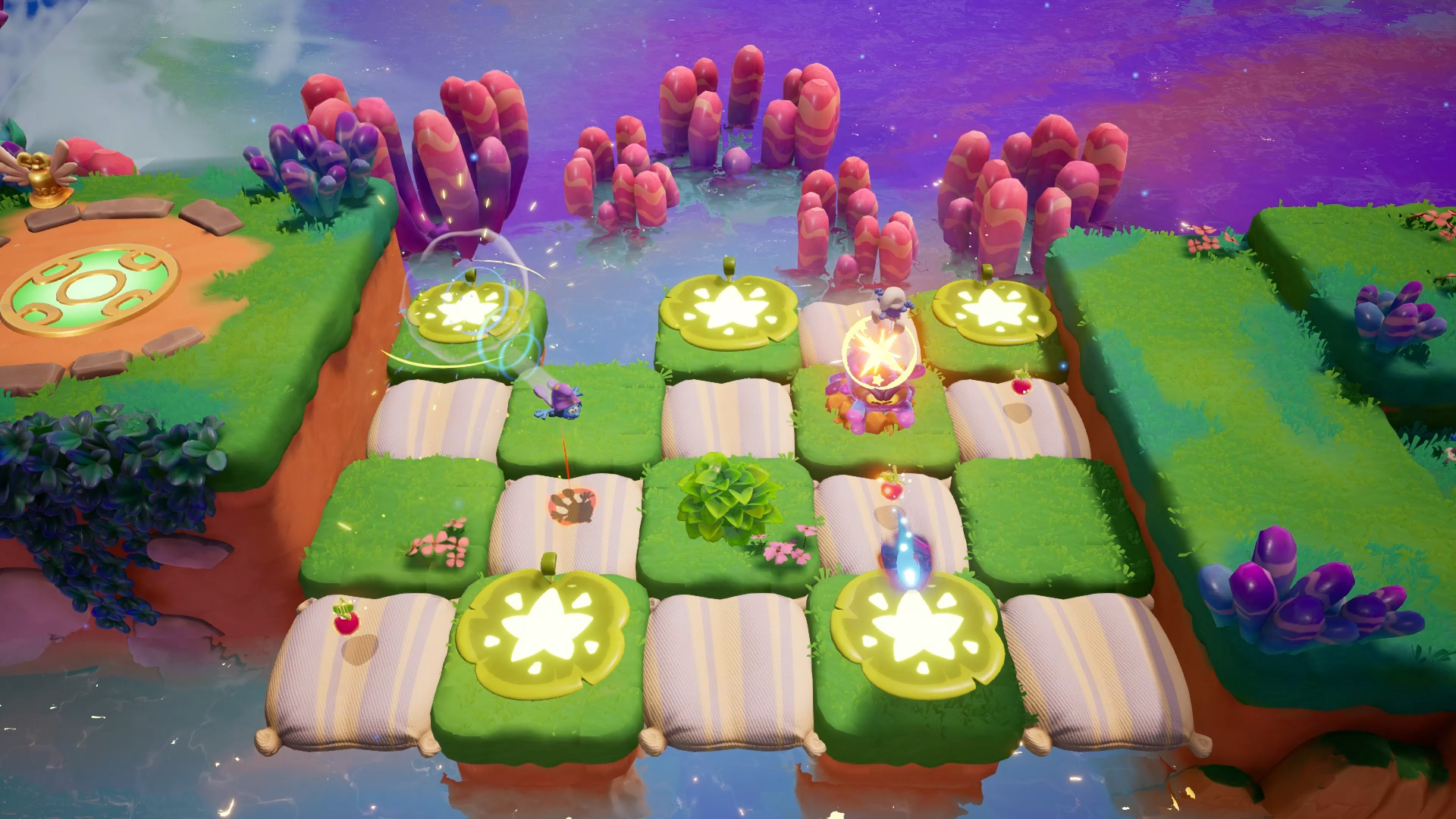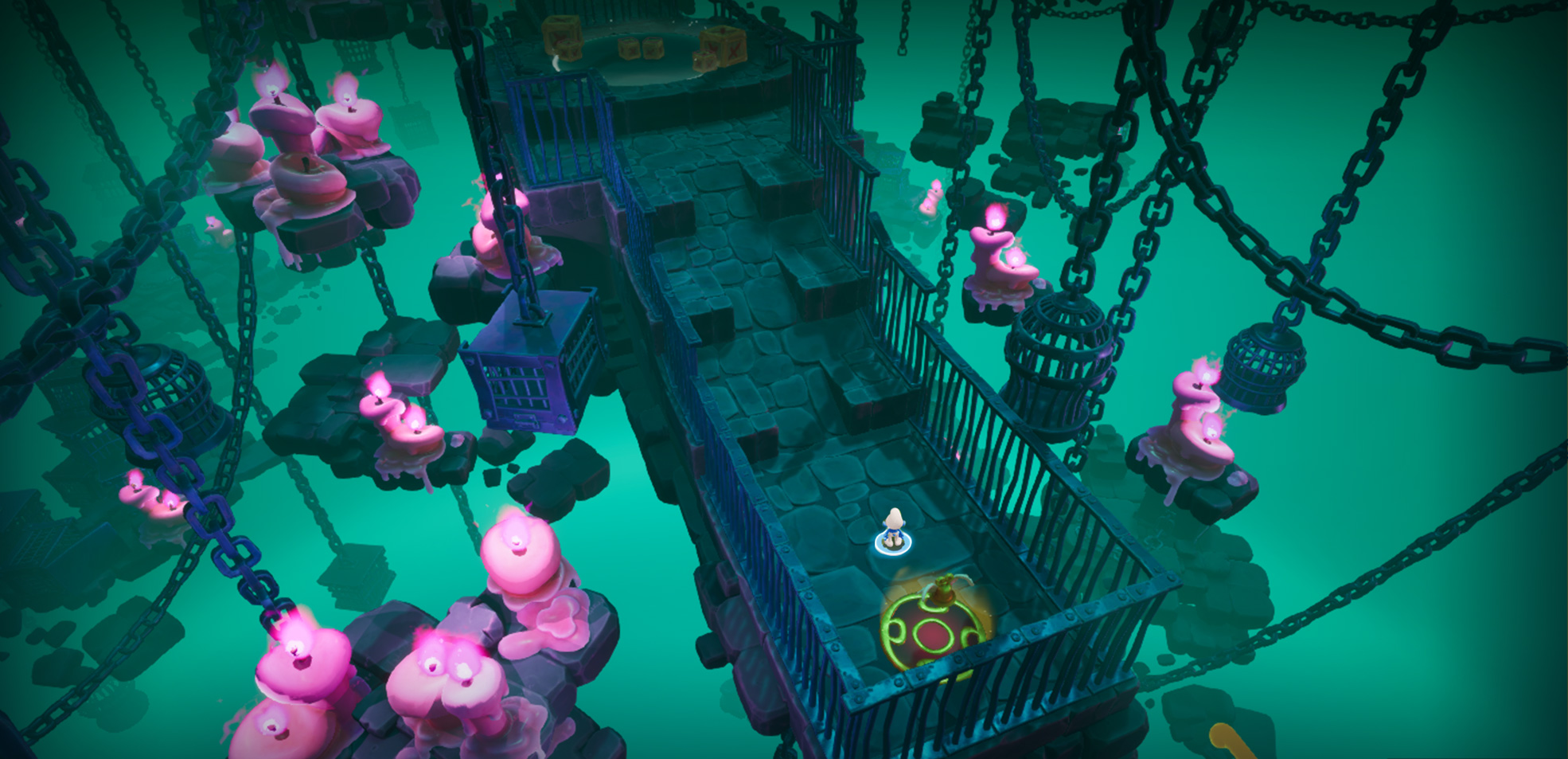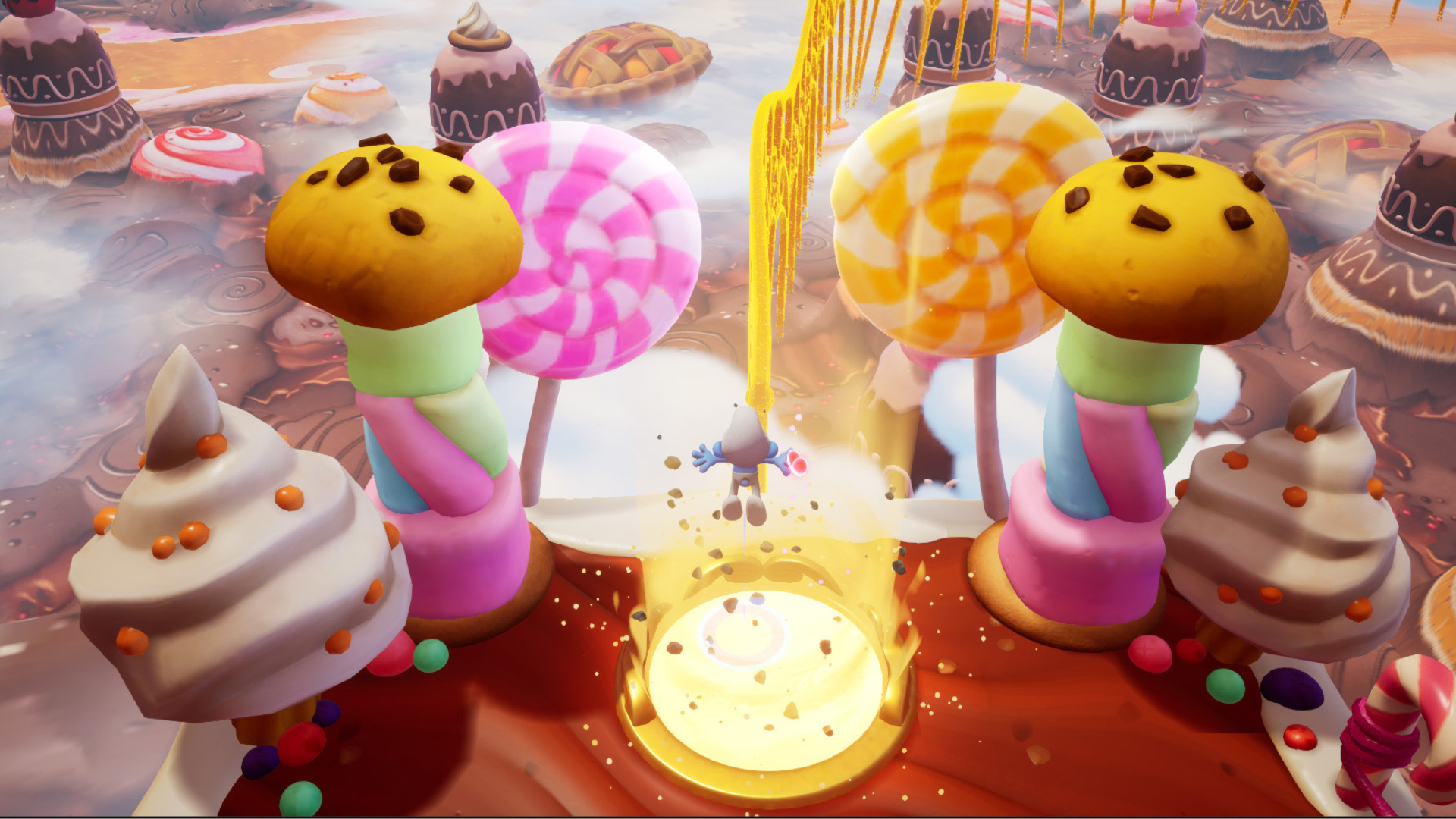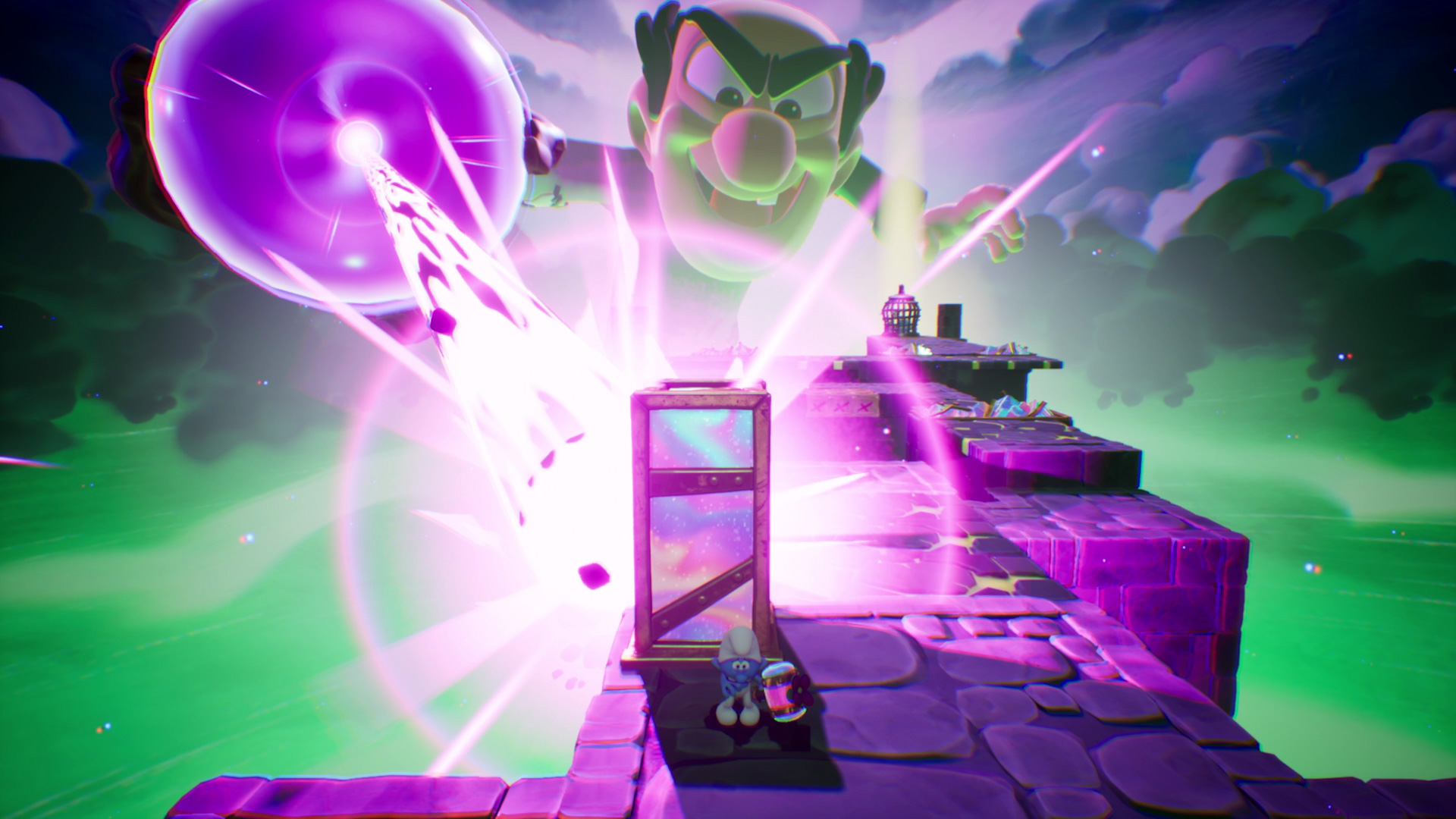Review: The Smurfs – Dreams (Nintendo Switch)

I come from a time when cartoons were meant to entertain, not move toy lines. As such, I never had any interest in The Smurfs. The only ones I can name from memory are Papa Smurf, Lady Smurf, Posh Smurf and Night Train.
So, why am I reviewing The Smurfs – Dreams? Because the one time I did get into the Smurfs was through a video game. One kid in my neighborhood had a Colecovision, and the game I most enjoyed playing on it was Smurf Rescue in Gargamel’s Castle. Could’ve been the music. Might’ve been the mistimed audio effects. Most likely, it was that you could die by walking into a fence or a tuft of grass. Not exactly a hero’s death.
Video games have come a long way since the Colecovision. Have The Smurfs themselves? I can’t comment on the show, but The Smurfs – Dreams has done a solid job of dragging these moneymakers into 21st century 3D platformer gaming.
The premise is that Gargamel has tainted the Smurfs’ communal dinner, causing them all to fall asleep. Papa Smurf figures out what’s going on, and tasks your character with infiltrating their dreams to wake them all up. This is all told via a surprisingly rudimentary animation. Considering the source material, would it have made sense to mimic the ’80s cartoon here?
If the budget instead went to gameplay, then developer Ocellus made the right choice. Your smurf—alone or with a co-op partner—bounces from Papa Smurf’s magical pillow up into a dreamverse where you can swim to constellations that contain the 3D platforming action. Each level puts your smurf(s) on a linear path of puzzle solving, platforming, and enemy elimination in order to reach the nightmare of the smurf you’re freeing from the dream.
The combat never really gets too difficult, instead keeping you involved by providing new items and abilities as you progress. Your smurf can briefly float to reach distant ledges or hover in place while waiting for moving platforms to fall into place. This makes some of the platforming more accessible to younger or newer gamers, although the help mostly won’t be necessary if you’re not chasing the various collectibles. Only a couple times did I find myself caught behind a challenging segment. I was surprised, however, by the number of collectibles I completely missed on my way through.
Game levels are broken into small chunks connected by a rail that your smurf surfs to reach the next. They provide a nice visual transition between segments that indicates the developers were keen to keep you attached to these colorful worlds.
The graphics throughout are really nice. And because each level is attached to a different smurf’s dream, they change up in clever ways. I especially got a kick out of a world covered in a sticky icing that made it impossible for my smurf to jump. The Smurfs – Dreams introduces gimmicks like this throughout the game, so there’s always something new to work out.
The soundtrack deserves a special mention, too. It’s appropriately majestic when the action calls for it, but otherwise creates a dreamy atmosphere that reflects the The Smurfs – Dreams visuals and themes. As a result, the game never feels cheap or annoyingly childish.
My only real criticism is that it’s too short. Whether you’re playing this alone or helping the kids through it, the game’s over too soon. Credit the developers for making us want more, but I wish they’d given it to us. DLC is available, but it’s all cosmetic. As such, the only way to extend gameplay beyond a handful of hours is to chase down 100% completion. That makes the game’s $40 asking price a bit hefty.
Still, if you’re a fan of the source material or of clever 3D platforming in general, there’s enough in The Smurfs – Dreams to surprise and entertain throughout. That makes two Smurfs games that have caught me off-guard. I suppose I owe it to them to learn their names now. Was there a Nick? Joe?







